For more than 50 years, commercial supersonic flight has been confined to oceans. After the retirement of the Concorde in 2003, the regulations that grounded high-speed airlines over land, which were originally written in the 1970s, remained untouched.
Boom Supersonic's upcoming airliner, Overture, aims to change that. Through a combination of modern aerodynamics and advanced computing, Boom believes the era of quiet supersonic flight over populated regions is closer than most might think.
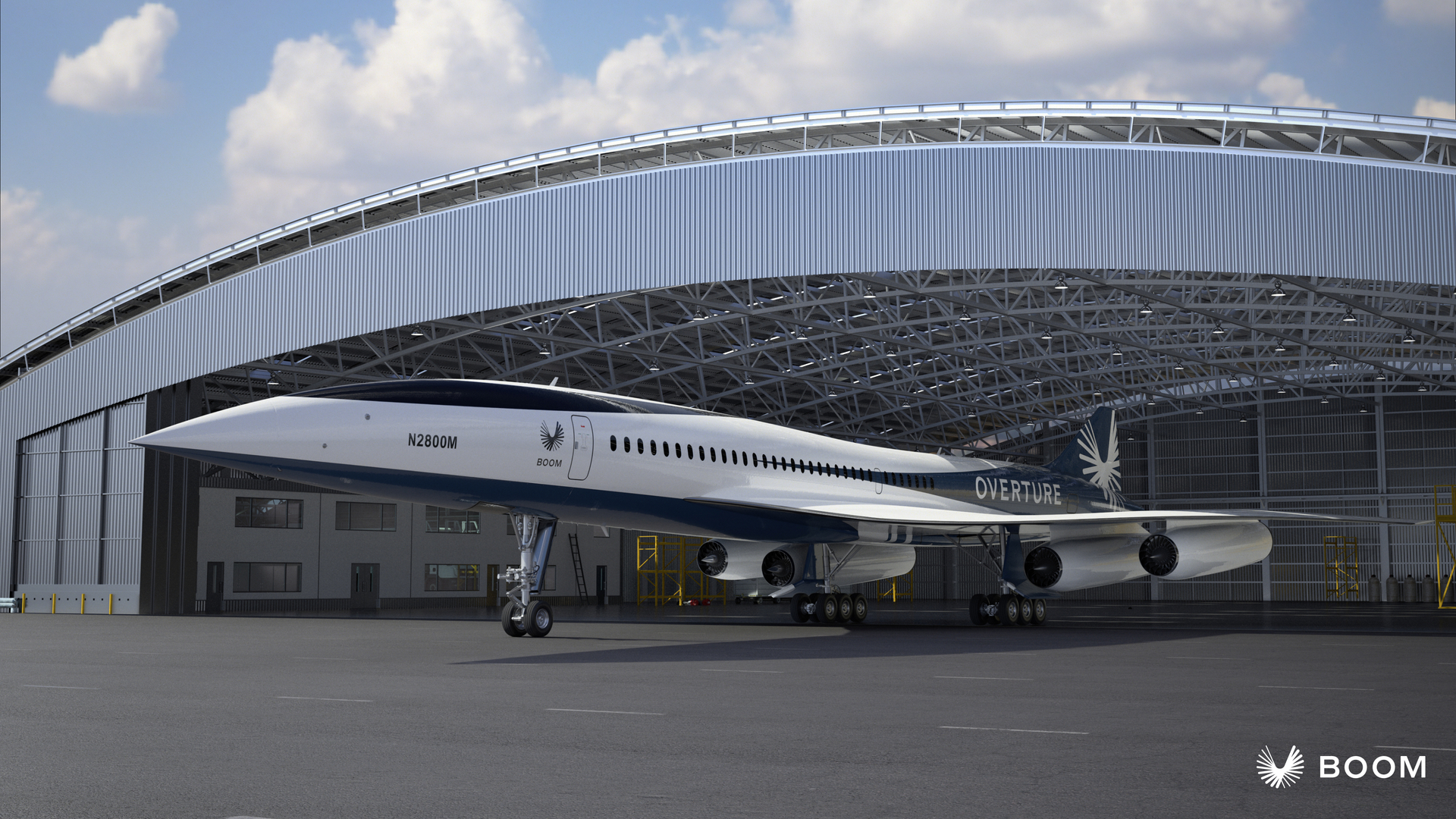
Supersonic Flight is Currently Banned Over Land
In 1973, the FAA introduced FAR 91.817, which banned aircraft exceeding Mach 1 over land. This was because supersonic flight produced sonic booms, which could exceed 110 decibels, loud enough to rattle windows and startle entire cities. At the time, this rule was written as a speed limit (rather than a noise limit), as there was no practical way to fly supersonic without disturbing the people below.
Terminal Trouble: One of Japan's Busiest Airports is Slowly Sinking
Today, this framework is being re-evaluated, thanks to new innovations by Boom with its test aircraft XB-1. The FAA and NASA are both exploring how future aircraft could be certified for supersonic flight based on measured sound levels, rather than based solely on speed. That shift could open the door for newer aircraft, like Boom's Overture, to fly at supersonic speeds as long as noise limits are maintained.

Boomless Cruise?
Boom's engineers are developing a technology known as "boomless cruise," where Overture uses atmospheric predictions to fly in conditions where shockwaves never reach the ground.
 Ad by Jetstream Magazine by AeroXplorer.
Ad by Jetstream Magazine by AeroXplorer.
When an aircraft flies faster than sound, pressure waves form along its fuselage and merge into a single boom that travels downwards. However, the way these waves propagate depends heavily on various factors that are directly influenced by the temperature, wind speed, and air density. Under the right combination of factors, these waves can bend upward, causing them to dissipate before they touch the surface.
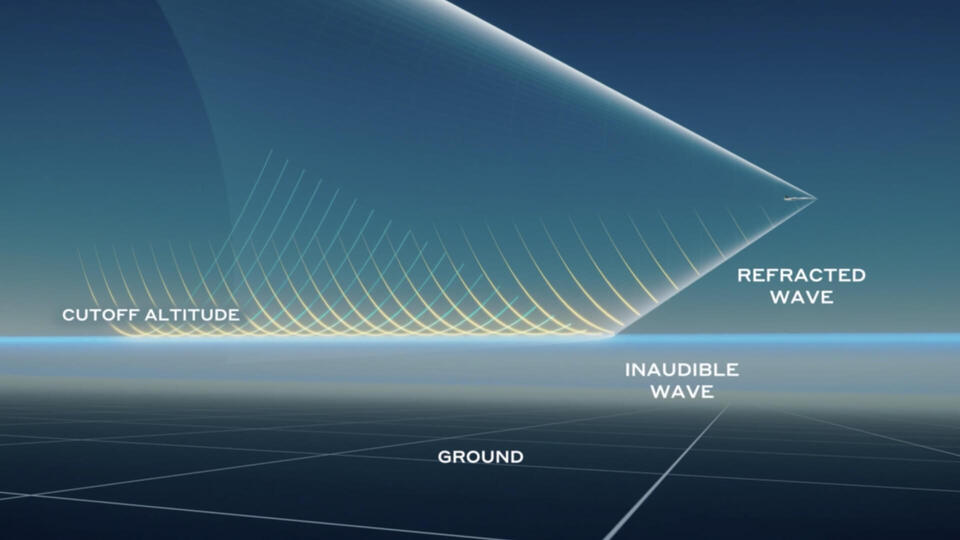
Boom's proprietary software will constantly analyze these parameters in real-time. Pilots can then adjust their altitude and speed to stay just within the limits where the aircraft remains supersonic but seemingly silent from the ground.
In practice, this allows Boom's Overture to reach speeds between Mach 1.1 and 1.3 over land. Over water, where shockwaves are not as regulated, Overture can reach its maximum speed of Mach 1.7.
Why it Matters
One Size Too Small: What Happened to the Airbus A318?
Allowing supersonic flight over land would essentially redefine what is considered a "long-haul flight." According to Boom's website, a flight from Tokyo to Honolulu that would conventionally take seven hours could be completed in less than four hours on an Overture aircraft. This means less time spent traveling and more time making human connections, improving the quality of life for pilots, controllers, and passengers alike.
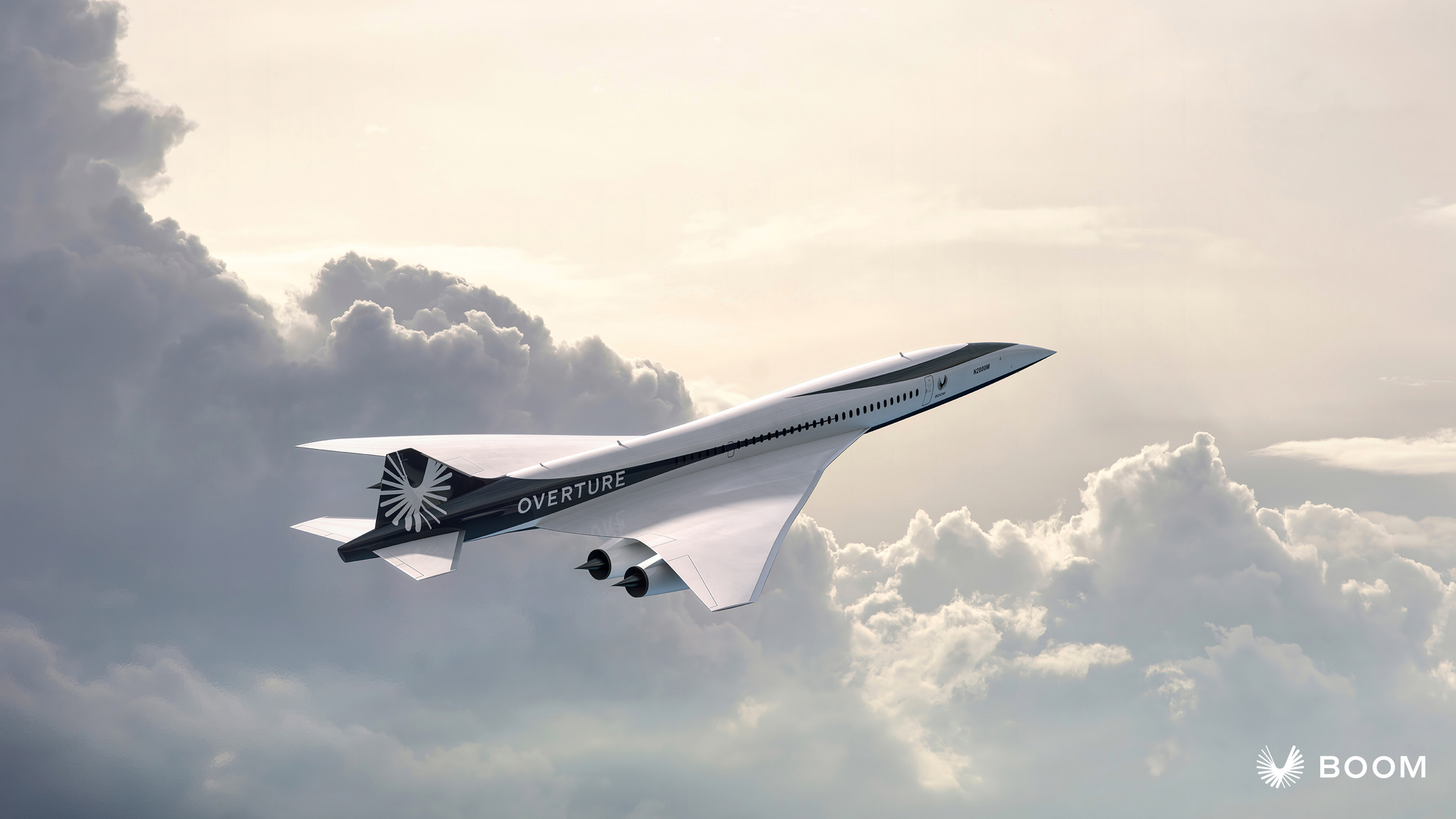
By turning atmospheric science into a seamless system, Boom Overture may finally bridge the gap between supersonic practicality and regulatory compliance.
If it succeeds, the next sonic boom you hear might not be heard at all.
Boom Supersonic Says It Can Fly Faster Than Sound, Without a Sound » Air France Announces Paris-Las Vegas Nonstop Service » Pakistan International Airlines Returns to Manchester after 5-Year Ban »
Comments (0)
Add Your Comment
SHARE
TAGS
STORIES Boom Boom Supersonic Overture Supersonic Boomless cruiseRECENTLY PUBLISHED
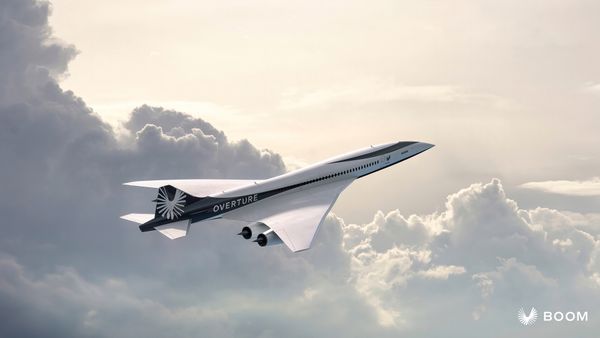 Boom Supersonic Suggests Business Jets Could Be in Its Future
AeroXplorer had the privilege of speaking with Tristan "Gepetto" Brandenburg, Chief Test Pilot at Boom Supersonic. In conversation, he commented on how he sees the future of Boom's product line and if supersonic cargo or business jets could be in the company's future.
STORIES
READ MORE »
Boom Supersonic Suggests Business Jets Could Be in Its Future
AeroXplorer had the privilege of speaking with Tristan "Gepetto" Brandenburg, Chief Test Pilot at Boom Supersonic. In conversation, he commented on how he sees the future of Boom's product line and if supersonic cargo or business jets could be in the company's future.
STORIES
READ MORE »
 Lufthansa Flight Diverts after Passenger Stabs Teens with Fork
A Lufthansa flight diverted following a disturbing assault where a passenger attacked two teenagers with a fork. This incident raises critical questions about aviation safety and security protocols, prompting discussions on necessary changes to prevent future violent episodes onboard flights.
NEWS
READ MORE »
Lufthansa Flight Diverts after Passenger Stabs Teens with Fork
A Lufthansa flight diverted following a disturbing assault where a passenger attacked two teenagers with a fork. This incident raises critical questions about aviation safety and security protocols, prompting discussions on necessary changes to prevent future violent episodes onboard flights.
NEWS
READ MORE »
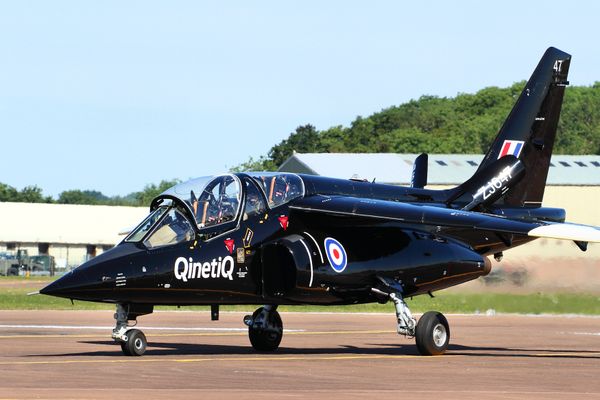 Beyond GPS: How Quantum Navigation Could Redefine the Future of Flight
Quantum Navigation: It may sound like something out of a science fiction novel, but navigation using the principles of quantum physics is quickly becoming a reality.
INFORMATIONAL
READ MORE »
Beyond GPS: How Quantum Navigation Could Redefine the Future of Flight
Quantum Navigation: It may sound like something out of a science fiction novel, but navigation using the principles of quantum physics is quickly becoming a reality.
INFORMATIONAL
READ MORE »





